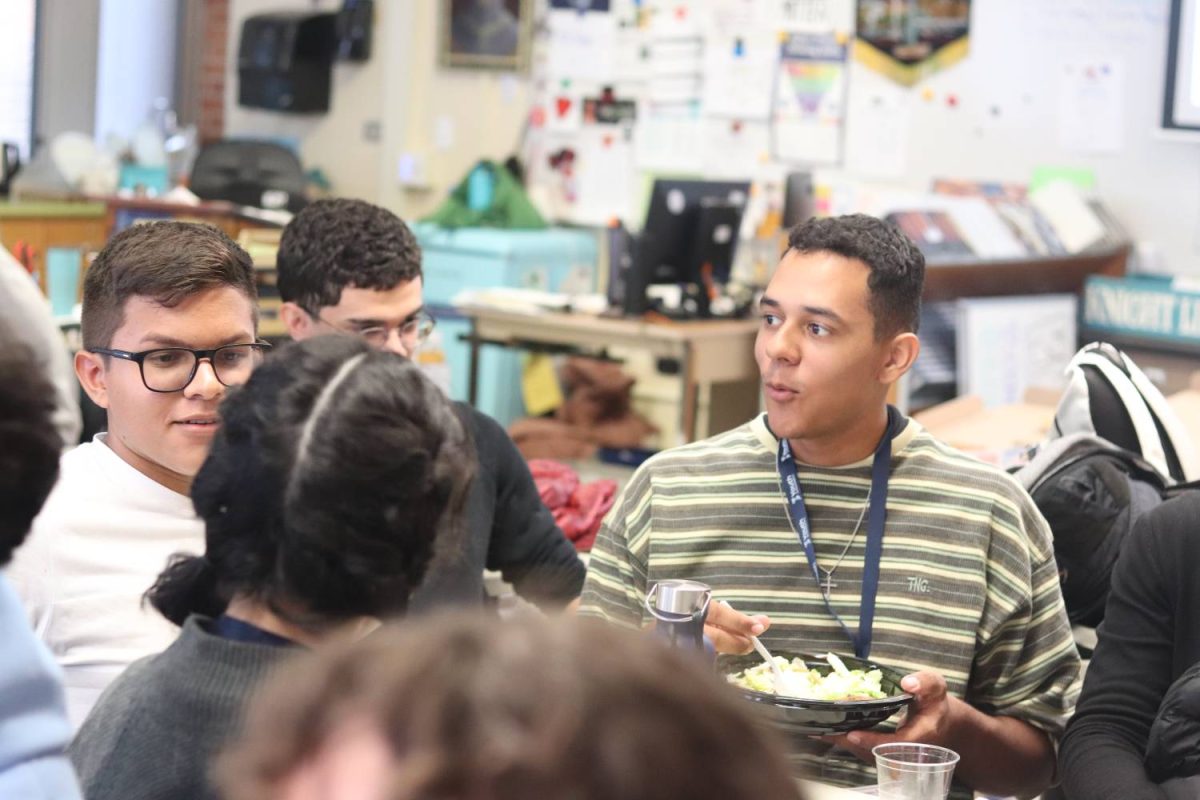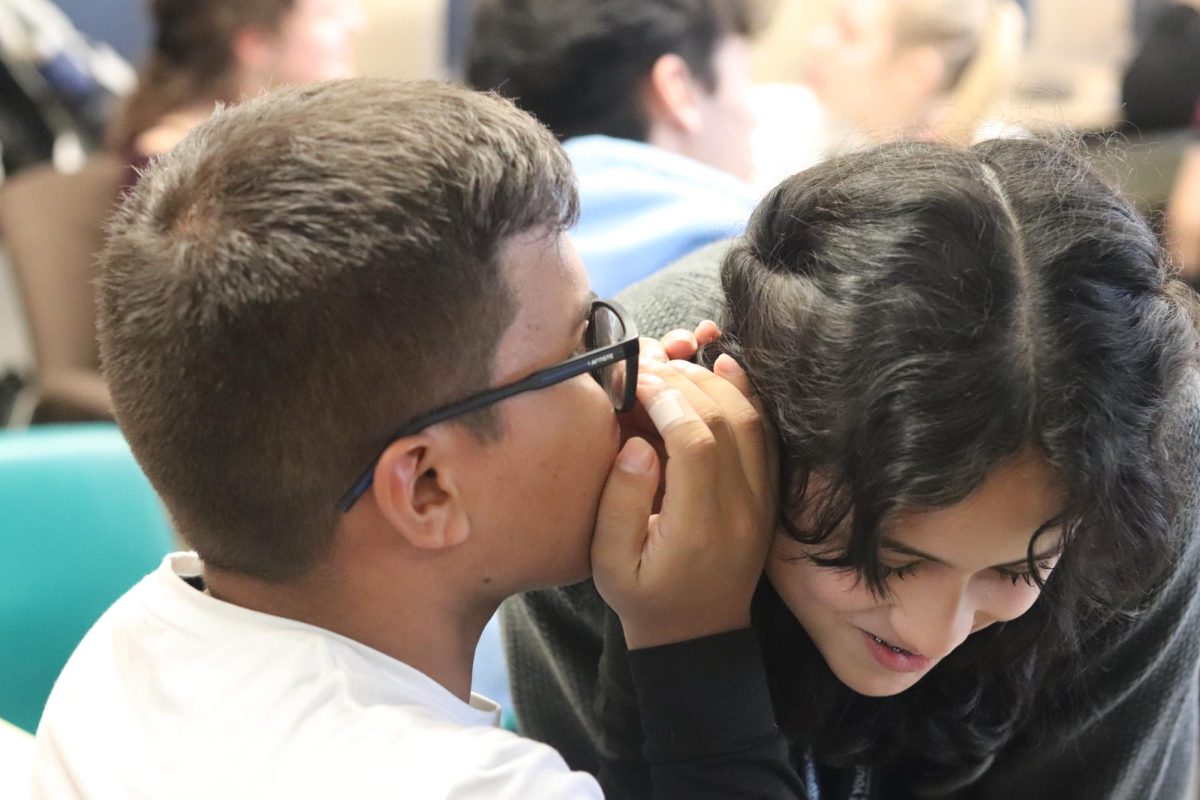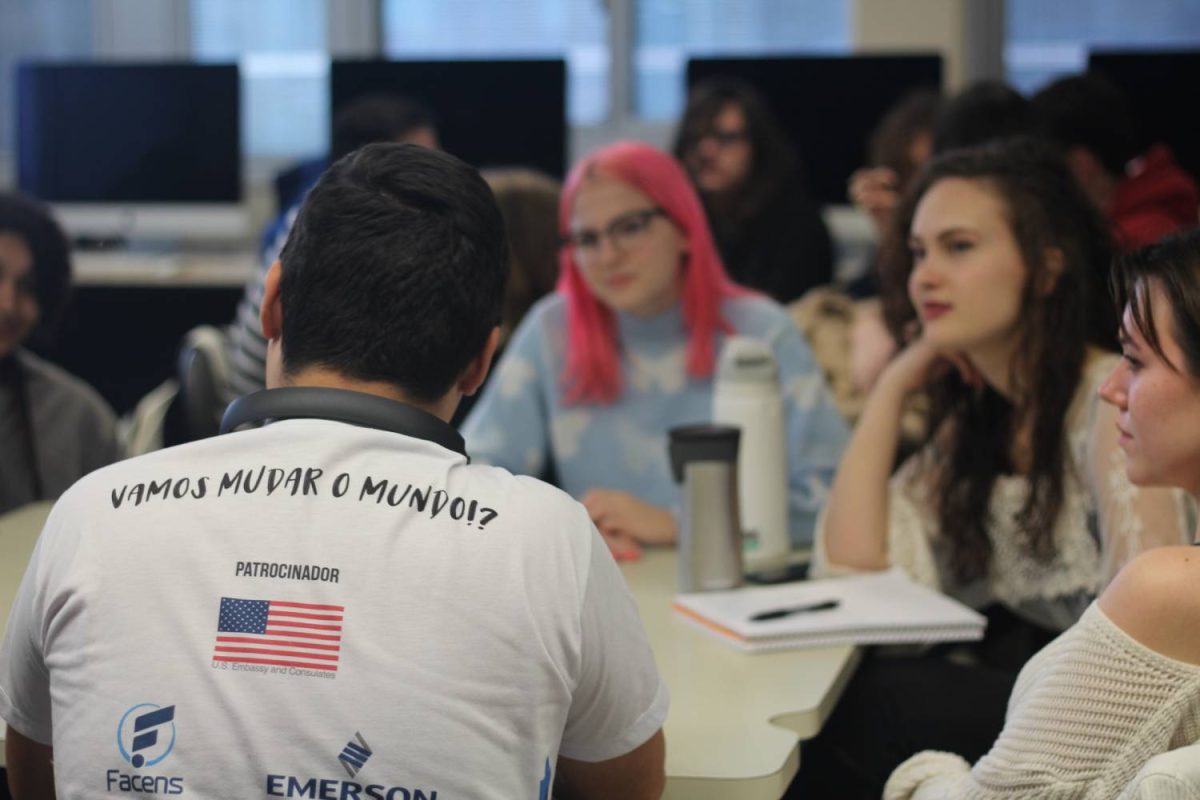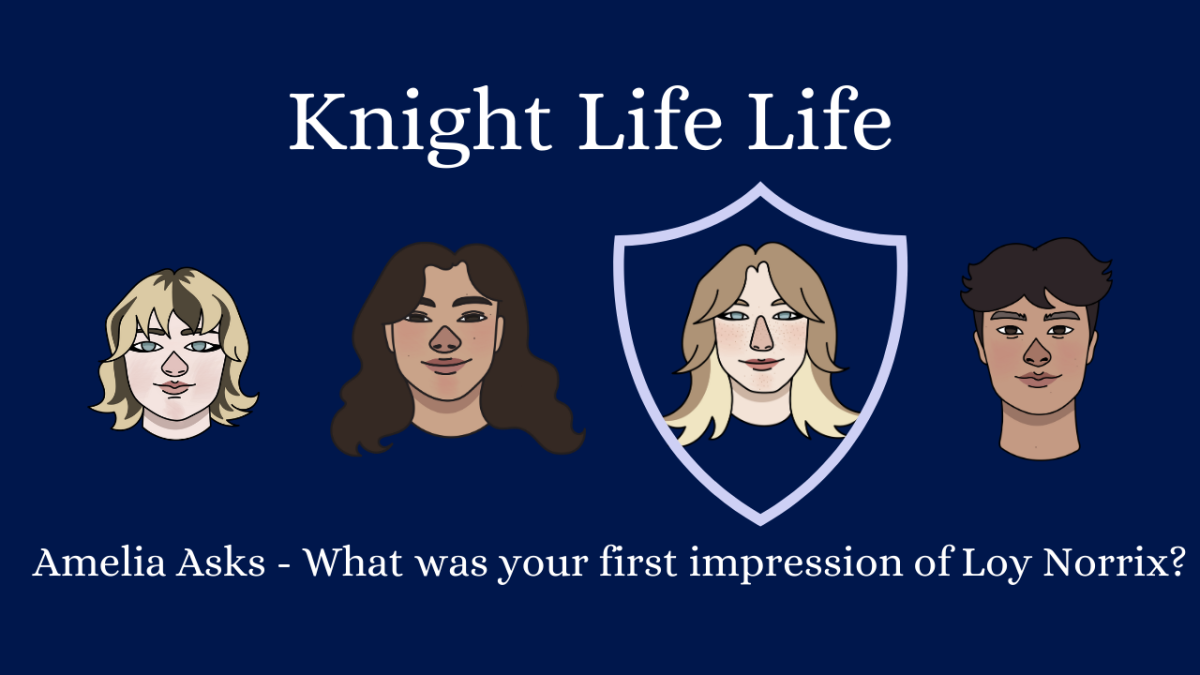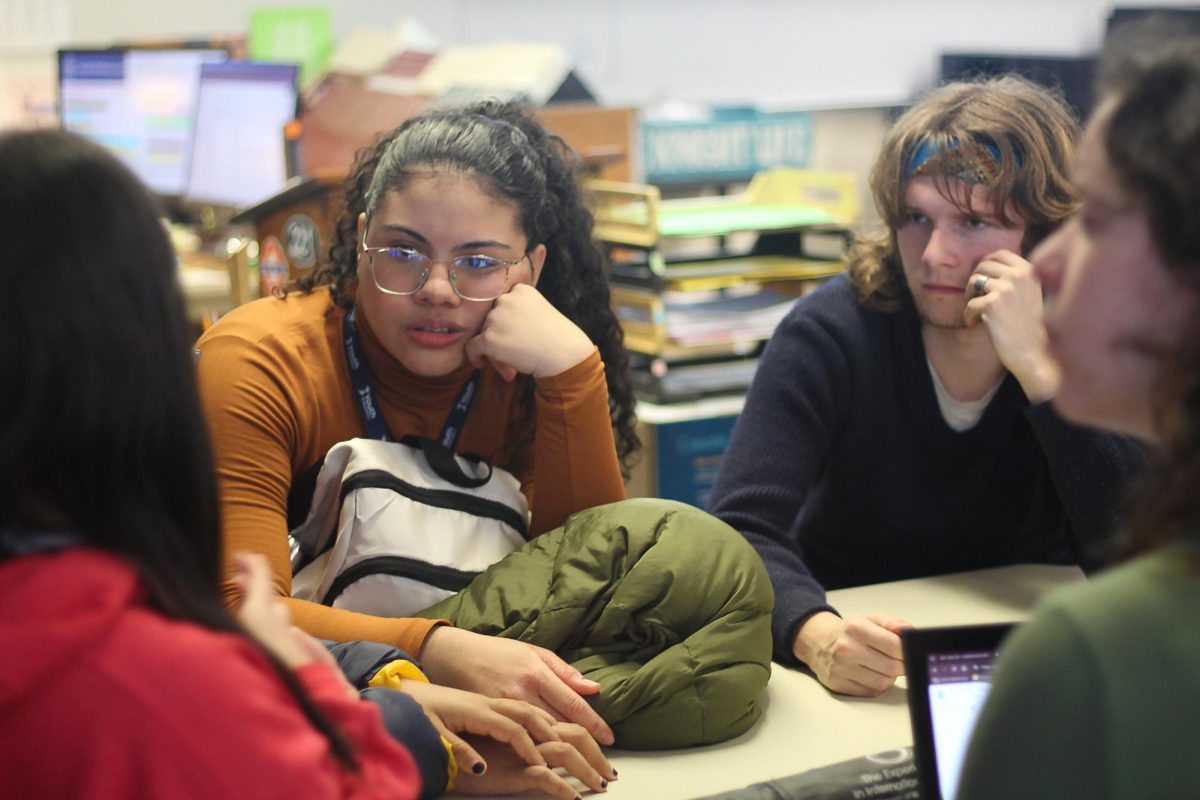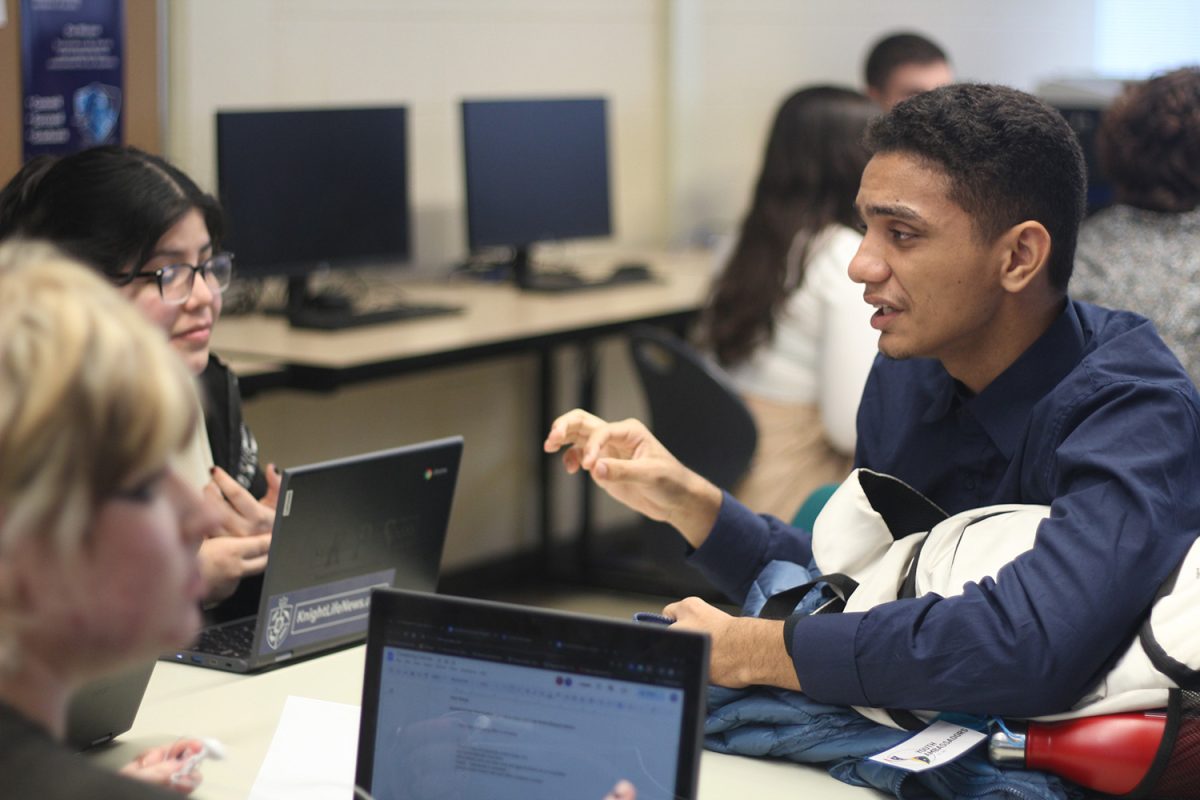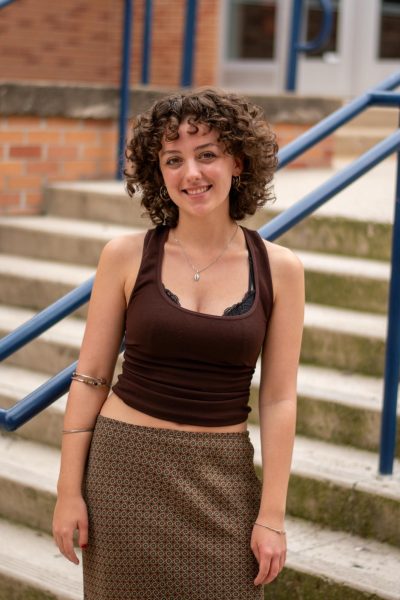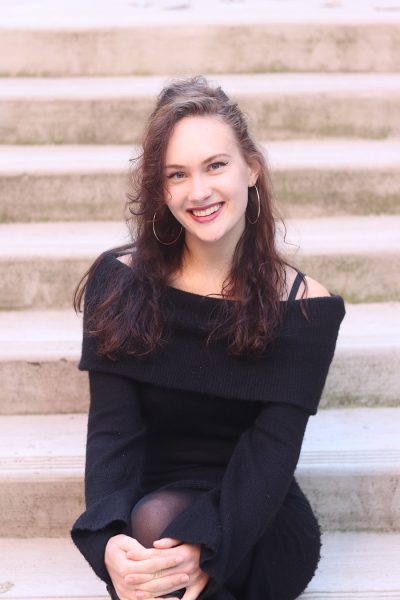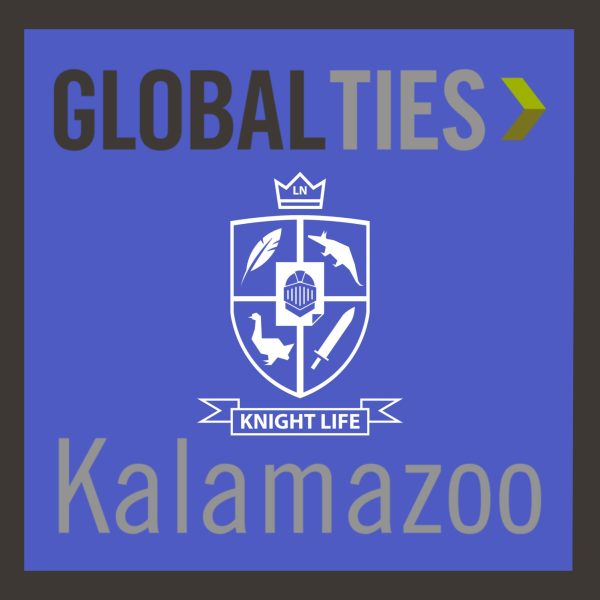 Editor’s Note: This story is part of the Global Ties Kalamazoo series published by Knight Life News. From Feb. 12-16, related content can be found on our website, Instagram and Facebook.
Editor’s Note: This story is part of the Global Ties Kalamazoo series published by Knight Life News. From Feb. 12-16, related content can be found on our website, Instagram and Facebook.
“The world feels like a really big place, but sometimes when you’re just sitting around chatting with people, you realize that a lot of us are facing the same things, and it makes the world feel a little bit smaller,” said Program Manager Emma Baratta. “It makes you feel a little more hopeful for the world that we care about the same things, even from far away.”
In Jan. 2024, Baratta helped lead a cohort of Youth Ambassadors as a part of Global Ties Kalamazoo (GTK). GTK is a Kalamazoo-based organization whose mission is to enrich local community with global diversity through relationship building. Put simply: “Exchange is for everybody,” as their slogan says.
For this particular cohort, 15 youth and one adult traveled to the US from their various hometowns in Brazil. During their visit, each ambassador was assigned to a host family they stayed with when they weren’t participating in group activities.
Each individual program has a different theme, and this program’s was Environmentalism and Entrepreneurship. With this focus in mind, the Youth Ambassadors visited KVCC’s Food Hub to learn about urban agriculture and hydroponics, as well as visiting Jerico, a community of entrepreneurs and other creatives in Kalamazoo’s Edison neighborhood.
For two days of their visit, the Youth Ambassadors also took time to visit Loy Norrix in order to observe an American high school during school hours and interact with Tisha Pankop’s advanced journalism class. During these two days, both the Brazilian ambassadors and journalism students were able to learn more about each other’s cultures and discuss the similarities and differences between the two countries.
On Jan. 24 and 29, there were many opportunities for both the Brazilian Youth Ambassadors and the journalism students to find differences between their cultures. Whether the differences were geographic, culinary, or social, the ambassadors and the Knight Life reporters were given the chance to discuss the differences and laugh together over the surprises they encountered during the visit.
“Lots of oil. Lots of oil and lots of oil. Everything is fast food!” said Ambassador Rian Alecrim Fernandes.
Rian noted how in Brazil, common ingredients include rice, meat and beans, while Knight Life reporter Max Berlin emphasized how common potatoes and other vegetables are in American cuisine.
One of the social differences between the US and Brazil, as observed by Edmundo Gomes Jr., is the informal segregation of people by race. Edmundo pointed out that even in the Norrix lunchroom, which is an extremely diverse place, students of the same race still tended to group together instead of interacting with others.
Ambassadors Clara Delgado e Cunha and Maria Eduarda de Aguiar Silva observed the prevalence of marijuana usage in the US. Although there is marijuana in Brazil, it’s illegal. Noticing the widespread use of it in Kalamazoo was surprising.
Of course, one of the most frequently observed differences between the US and Brazil is the weather. For nearly all of the Youth Ambassadors, visiting Kalamazoo was their first time seeing snow. Since the previous day had been a snow day for Norrix, nearly the entire city was coated in a blanket of it, giving the ambassadors the perfect opportunity to have a snowball fight.
Despite the many differences between the two countries, the Youth Ambassadors and the journalism students were still able to find a lot of common ground with one another.
For Edmundo, a notable observation was that Brazilian and American pop culture are extremely similar. Especially in regards to music and board or video games, Brazilians and Americans tend to have the same interests.
“It looks like you’re in the same place,” Edmundo said about a game store that he had the chance to visit.
Ambassador Lucas, who grew up in the city of Blumenau, noted that the heritage of both Brazilian cities and Kalamazoo were similar.
“There’s a lot of history here… everyone is connected. It’s like Brazil,” Lucas said.
Whether they were able to find more similarities or differences between the two countries, the Youth Ambassadors’ impression of the US was overall positive.
“It’s a little bit magical,” said Ambassador Maria Eduardo de Souza Mendes. “I don’t know if it was because of the snow, but it’s a very inspiring place.”
Despite their mostly-positive first impressions, most of the ambassadors couldn’t actually see themselves living in Kalamazoo or the US.
For Vanessa Wyns, a group leader at World Learning, being able to observe the interactions taking place between the Ambassadors and the journalism students proved the importance of having international exchange programs like GTK and World Learning.
“They hadn’t been bowling before, they hadn’t seen the snow, they hadn’t been to America, and so getting to experience all the firsts with them is amazing,” Wyns continued. “I’m just constantly touched by how appreciative they are for everything that’s a part of this program.”


